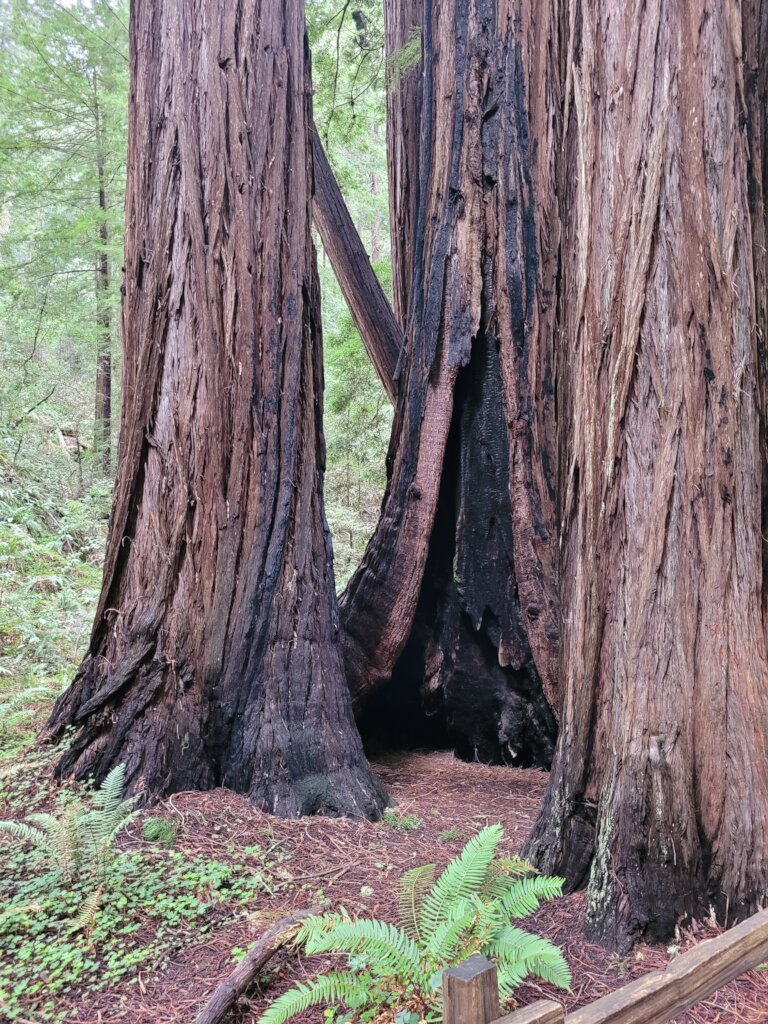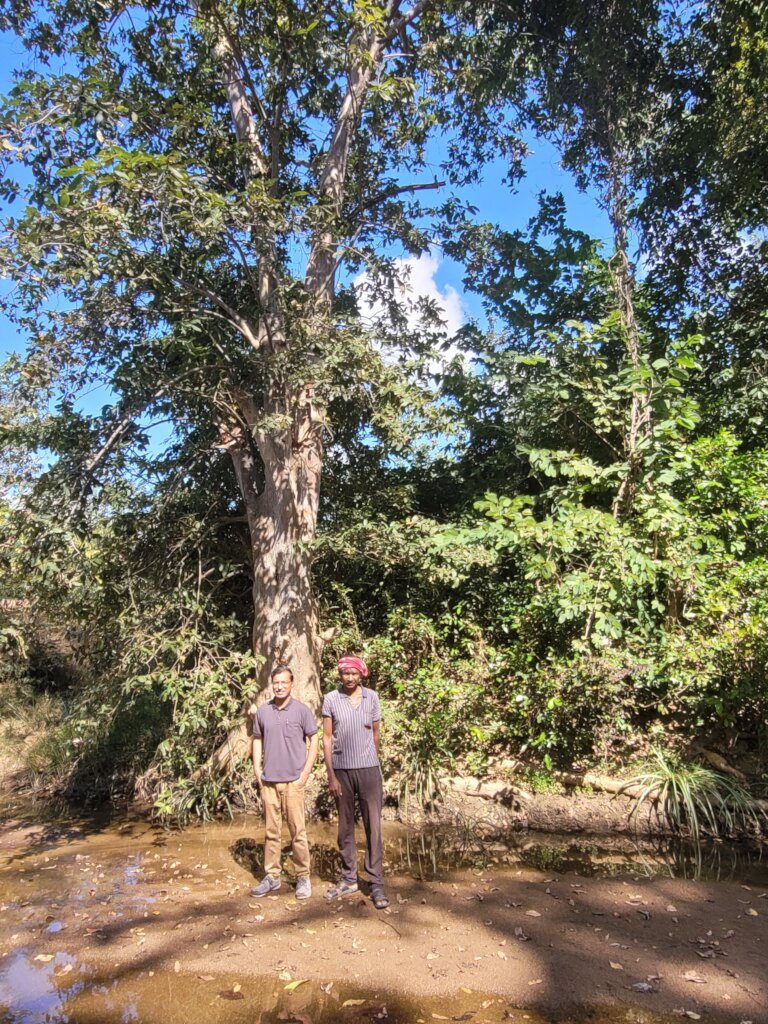By Jayant Sarnaik | Project Leader
Dear Supporter,
In this update, I would like to share my perspective on why I thought of launching a campaign to conserve Giant trees. Giant trees have always left a deep impression on me wherever I have seen them in my own journey in the field of conservation over last 30 odd years. One of few key characterstics that come to my mind when I see them is sheer magnifude of their presence. It takes lot of time to observe a single tree with all of its features. Huge trunk, wide and long branches, an all encompassing canopy. Afer completing the first few years of this campaign, I realized that we are very fortunate to have found this purpose because we are too small in every sense to claim that we are responsible for conservation of these trees. Irrespective of our small contribution to the cause, our campaign is hugly popular and successful because it is the sheer love for these giants and appreciation of their beauty by like minded people across the world that is actually saving these trees from getting axed.
In this brief report I am going to share stories of 3 giant trees that I visited from 3 totally different locations. In December this year, I visited the forest landscapes in the central indian state of Chhattisgarh and came across a giant specimen of Terminalia arjuna. After watching the tree closely, I found out that the trunk and stem of the tree was full of scratches to such an extent that it looked like an artwork. In reality, it was a result of regular climbing of this tree by a sloth bear family to eat the fruits , eat honey comb and / or keeping oneself safe from predators such as tigers. In the process, the sloth bears become dispersers of the seeds of this tree. It is this amazing symbiotic relationship that is keeping the entire ecosystem healthy and vibrant.
The second giant tree that I have been watching for quite sometime is a giant Tetrameles nudiflora in Mhasala block of Raigad district, This tree is especially loved by honey bees for setting up bee colonies. Its branches are currently full with honey combs. Another peculiar feature of this tree is its hollow is used by Great hornbill for nesting. Our team recorded presence of great hornbill on this tree in December 2020. We did not any confirmation about its nesting due to COVID. But this year, our team spent few days to understand the situation deeply and confirmed that this magical bird is indeed having a nest in the holllow. Upon reflection I have always found that human beings have very limited capacity to understand and describe the splendour of the giant trees. We merely describe their attributes from a utilitarian perspective.
The third tree is redwood tree that I saw in Muir Wood National Monument in California, United States. These trees are so big and tall that one becomes speechless and is at total peace. This is because we finally accept that we don't have any choice but to surrender our ego, intelligence and imagination in front of them.
Thanks for being very kind and consistent supporter of this very important purpose.
Best regards
Jayant
By Jayant Sarnaik | Project Leader
By Jayant Sarnaik | Project Leader
Project reports on GlobalGiving are posted directly to globalgiving.org by Project Leaders as they are completed, generally every 3-4 months. To protect the integrity of these documents, GlobalGiving does not alter them; therefore you may find some language or formatting issues.
If you donate to this project or have donated to this project, you can receive an email when this project posts a report. You can also subscribe for reports without donating.
Support this important cause by creating a personalized fundraising page.
Start a Fundraiser



